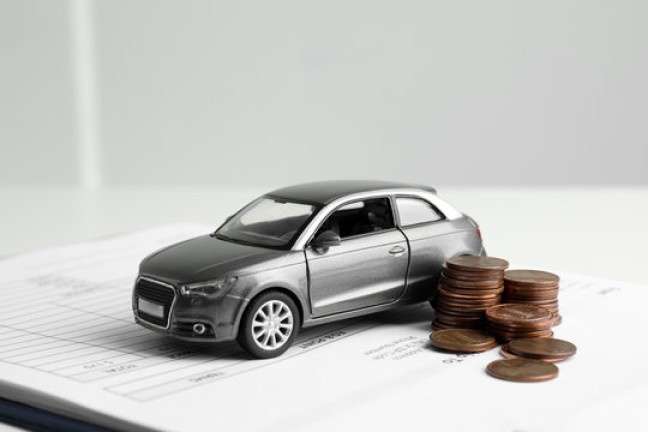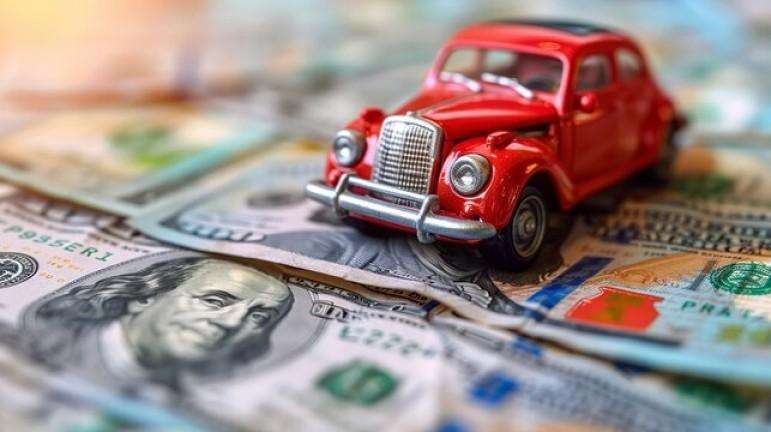When considering car finance options, understanding the annual percentage rate (APR) is crucial. One of the commonly offered rates is 4.9% APR, which can be attractive to many buyers. In this guide, I’ll explore what 4.9% APR car finance means, how it compares to other financing options, and whether it might be the right choice for you.
Table of Contents
What Does 4.9% APR Car Finance Mean?
APR represents the total cost of borrowing, including interest and fees, expressed as a yearly rate. A 4.9% APR means that if you borrow money to purchase a car, you will pay 4.9% of the loan amount annually in interest and fees.
Lenders calculate the APR by considering factors such as:
- Loan amount
- Loan term
- Interest rate
- Additional fees
For example, if you finance a car with a loan amount of $20,000 at 4.9% APR over five years, your monthly payments and total interest paid will differ compared to a higher or lower APR.
Example Calculation
Let’s break down the cost of financing a $20,000 car over five years (60 months) with a 4.9% APR:
| Loan Amount | APR | Loan Term | Monthly Payment | Total Interest Paid | Total Cost |
|---|---|---|---|---|---|
| $20,000 | 4.9% | 5 years | $377.42 | $2,645.20 | $22,645.20 |
In this example, you’d pay approximately $2,645 in interest over the life of the loan, making the total cost of the car $22,645.
How 4.9% APR Compares to Other Rates
It’s helpful to compare 4.9% APR with other typical car finance rates. Here’s how different APRs can impact your monthly payments and total interest costs:
| Loan Amount | APR | Loan Term | Monthly Payment | Total Interest Paid | Total Cost |
|---|---|---|---|---|---|
| $20,000 | 3.0% | 5 years | $359.37 | $1,562.20 | $21,562.20 |
| $20,000 | 4.9% | 5 years | $377.42 | $2,645.20 | $22,645.20 |
| $20,000 | 6.5% | 5 years | $391.32 | $3,479.20 | $23,479.20 |
From the table, it’s clear that a lower APR can save you money over time, while a higher APR increases your total costs.
Factors That Affect Your APR
Several factors influence the APR lenders offer, including:
- Credit Score – A higher credit score typically results in a lower APR. Lenders consider borrowers with good credit to be less risky.
- Loan Term – Shorter loan terms often come with lower APRs, while longer terms may have higher rates due to increased risk.
- Down Payment – A larger down payment can reduce the loan amount and the interest charged.
- Type of Vehicle – New cars generally qualify for lower APRs compared to used vehicles.
- Lender Policies – Different lenders offer varying APRs based on their internal criteria and promotional offers.
Advantages of 4.9% APR Car Finance
Choosing a 4.9% APR car finance option can have several benefits:
- Predictable Monthly Payments: Fixed-rate financing ensures your payments remain the same over the term.
- Competitive Rate: Compared to higher APR options, 4.9% offers a reasonable balance between affordability and loan accessibility.
- Affordability: If your credit score is average, 4.9% APR may be an attainable rate without requiring exceptional credit.
Potential Downsides of 4.9% APR
Despite its benefits, 4.9% APR may not always be the best option for every buyer. Some potential drawbacks include:
- Not the Lowest Rate Available: Borrowers with excellent credit could qualify for lower rates.
- Higher Total Interest: Compared to lower APR loans, you’ll end up paying more over time.
- Strict Qualification Criteria: Some lenders require high creditworthiness to offer 4.9% APR.
Strategies to Qualify for a Lower APR
If you’re aiming for a lower APR than 4.9%, consider these strategies:
- Improve Your Credit Score: Pay off debts, avoid late payments, and maintain a low credit utilization ratio.
- Shorten Your Loan Term: Opt for a 36-month term instead of a 60-month term.
- Compare Lenders: Explore financing offers from banks, credit unions, and dealership promotions.
- Increase Your Down Payment: Reducing the loan amount decreases the lender’s risk.
Alternatives to 4.9% APR Car Finance
Before settling on a 4.9% APR loan, consider alternative financing options:
1. 0% APR Promotions
Some manufacturers offer 0% APR deals, but they often require excellent credit and shorter loan terms.
2. Credit Union Loans
Credit unions may offer lower APRs to members with favorable credit histories.
3. Personal Loans
In some cases, using a personal loan with lower APR can be a better option if you have good credit.
4. Leasing
Leasing a car may offer lower monthly payments compared to financing, though you won’t own the car at the end of the term.
Conclusion
A 4.9% APR car finance deal can be a good option for many buyers, offering a balance between affordability and predictable payments. However, it’s essential to compare options, consider your credit score, and explore ways to qualify for better rates. By understanding how APR affects your total loan cost, you can make an informed decision that aligns with your financial goals.





